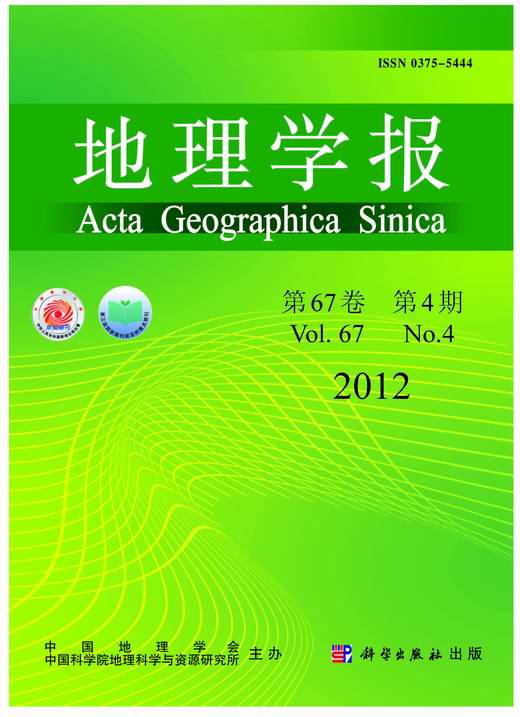LI Shan, WANG Zheng, ZHONG Zhangqi
Spatial interaction between tourist origin and destination is a key factor affecting tourist behavior and tourism industry. Usually, such a spatial interaction was described by gravity models. However, tourism gravity models used to adopt power deterrence function to describe the spatial friction effect, which is an analogy with Newton's gravity model, are hard to overcome some inherent defects. Therefore, Wilson's model with exponential deterrence function becomes a possible alternative. Based on Wilson's model, a basic form of tourism gravity model is presented with three main explanatory variables: attractiveness of tourist destination, emissiveness of tourist origin, and spatial damping between the destination and origin.
Two coefficients, α (income elasticity) and β (spatial damping) in this model are also need to be evaluated. We used the traditional regression method to estimate the value of α. As to β, two new methods, "population particle pattern method" and "integral method on tourist amount" are used to estimate it. The results show that: 1) α = 0.64 and β = 0.00322 are at the national average level in the 2000s; 2) α becomes larger as the field-pixel becomes smaller. For provincial, municipal, county, and township levels, the values of β are 0.00044, 0.0014, 0.0044 and 0.014, respectively; 3) affected by spatial damping, the average travel radius of domestic residents is about 300 km.
By the application of this model, attractiveness of each province of China and provincial tourist market shares of Chengdu city are calculated. The results show that: 1) from 2004 to 2008, the average tourism attraction of Sichuan, Liaoning and Yunnan rank the top three, while Ningxia, Qinghai and Inner Mongolia rank the bottom three; 2) from 1999 to 2008, in terms of tourism attraction at provincial level, Xizang has the biggest increase in the ranking, while Shanghai has the greatest decline in the ranking. 3) The results of theoretical calculation on Chengdu city are in accordance with empirical experiences and sampling data, which demonstrates the applicable potential of the tourism gravity model proposed in this paper.
